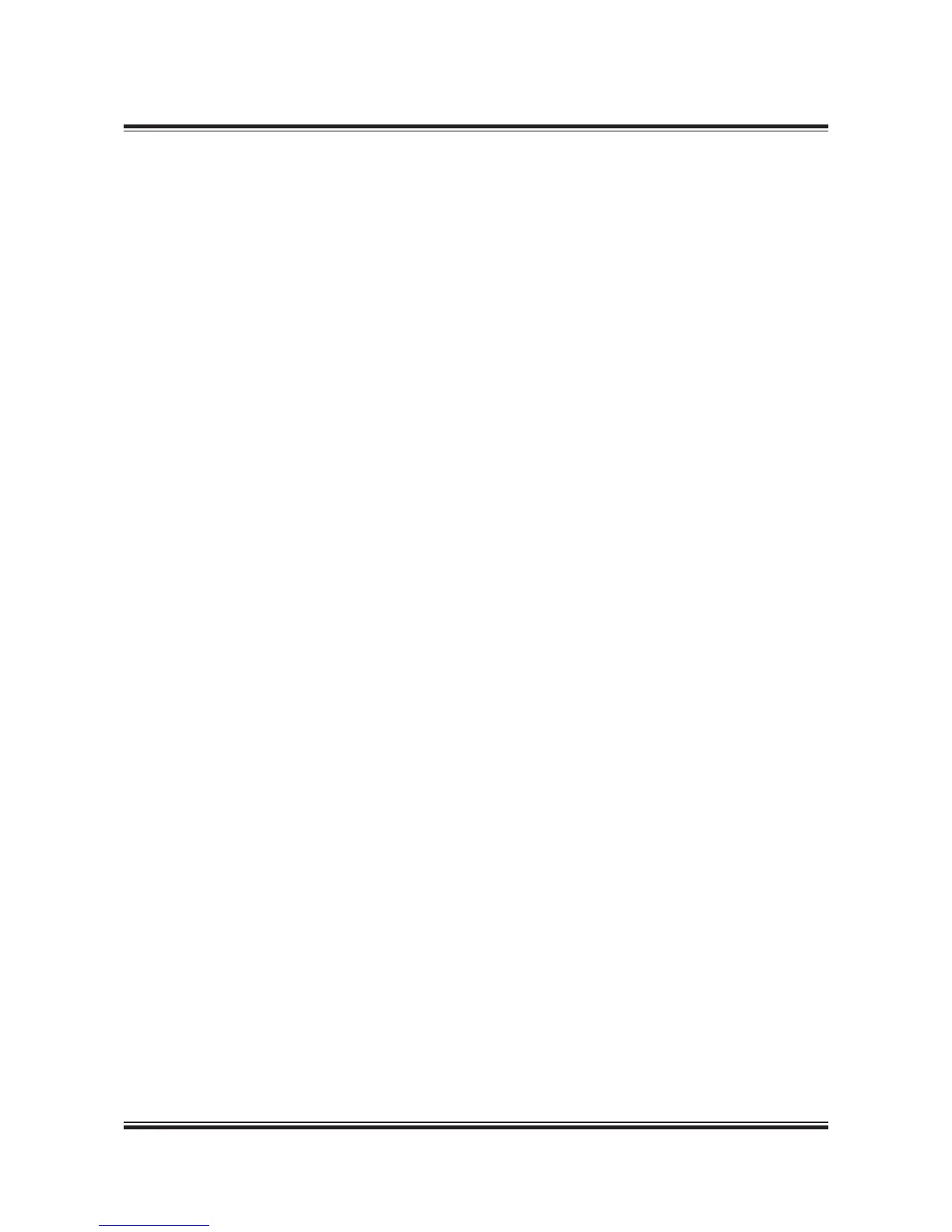MAN B&W 7.01
Page 1 of 3
MAN Diesel
MAN B&W ME/MEC/MEGI/ME-B engines 198 42 282.7
The system is so arranged that both diesel oil and
heavy fuel oil can be used, see Fig. 7.01.01.
From the service tank the fuel is led to an electri-
cally driven supply pump by means of which a
pressure of approximately 4 bar can be main-
tained in the low pressure part of the fuel circulat-
ing system, thus avoiding gasification of the fuel in
the venting box in the temperature ranges applied.
The venting box is connected to the service tank
via an automatic deaerating valve, which will re-
lease any gases present, but will retain liquids.
From the low pressure part of the fuel system the
fuel oil is led to an electricallydriven circulating
pump, which pumps the fuel oil through a heater
and a full flow filter situated immediately before
the inlet to the engine.
The fuel injection is performed by the electroni-
cally controlled pressure booster located on the
Hydraulic Cylinder Unit (HCU), one per cylinder,
which also contains the actuator for the electronic
exhaust valve activation.
The Cylinder Control Units (CCU) of the Engine
Control System (described in Section 16.01) cal-
culate the timing of the fuel injection and the ex-
haust valve activation.
To ensure ample filling of the HCU, the capacity of
the electricallydriven circulating pump is higher
than the amount of fuel consumed by the diesel
engine. Surplus fuel oil is recirculated from the en-
gine through the venting box.
To ensure a constant fuel pressure to the fuel
injection pumps during all engine loads, a spring
loaded overflow valve is inserted in the fuel oil
system on the engine.
The fuel oil pressure measured on the engine (at
fuel pump level) should be 78 bar, equivalent to a
circulating pump pressure of 10 bar.
Fuel considerations
When the engine is stopped, the circulating
pump will continue to circulate heated heavy fuel
through the fuel oil system on the engine, thereby
keeping the fuel pumps heated and the fuel valves
deaerated. This automatic circulation of preheated
fuel during engine standstill is the background
for our recommendation: constant operation on
heavy fuel.
In addition, if this recommendation was not fol-
lowed, there would be a latent risk of diesel oil and
heavy fuels of marginal quality forming incompat-
ible blends during fuel change over or when oper-
ating in areas with restrictions on sulpher content
in fuel oil due to exhaust gas emission control.
In special circumstances a changeover to diesel
oil may become necessary – and this can be per-
formed at any time, even when the engine is not
running. Such a changeover may become neces-
sary if, for instance, the vessel is expected to be
inactive for a prolonged period with cold engine
e.g. due to:
• docking
• stop for more than five days
• major repairs of the fuel system, etc.
The builton overflow valves, if any, at the supply
pumps are to be adjusted to 5 bar, whereas the
external bypass valve is adjusted to 4 bar. The
pipes between the tanks and the supply pumps
shall have minimum 50% larger passage area than
the pipe between the supply pump and the circu-
lating pump.
If the fuel oil pipe ‘X’ at inlet to engine is made as
a straight line immediately at the end of the en-
gine, it will be necessary to mount an expansion
joint. If the connection is made as indicated, with
a bend immediately at the end of the engine, no
expansion joint is required.
Pressurised Fuel Oil System

